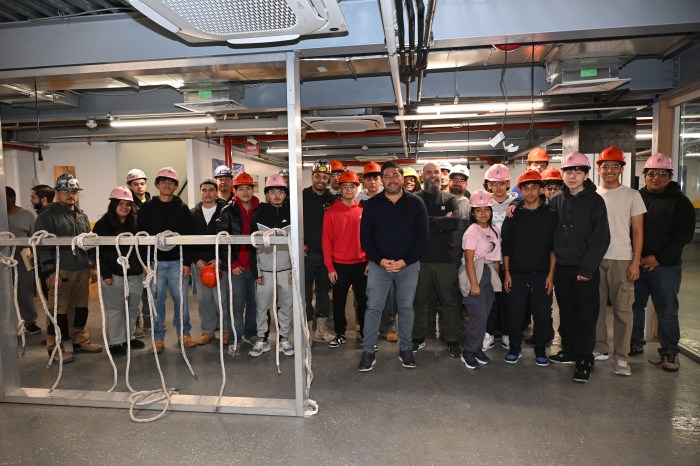Are all those 3D movies and video games affecting our family’s eyes?
America’s love for the movies is no secret, and the record number of 3D films that hit movie theaters and Blu-ray players every month is helping satisfy our cinematic appetite, transforming entertainment into a super sensory experience.
But as 3D continues to make its mark on our culture, many of us are asking what impact it is having on our eyes? Moreover, not everyone can even view 3D effects, say experts.
Some 3D viewers have found themselves experiencing eye strain, headaches or even nausea while watching 3D movies. While some attribute this to the 3D imagery, it’s actually more likely that the person may have an undiagnosed vision problem.
“About five percent of the population can’t perceive 3D because they’re monocular, which means they only use one eye to see,” says Dr. Roger Phelps, a private practice VSP Vision Care optometrist based in Ojai, California. “Another 25 percent of the population has borderline binocular vision, meaning they can use both eyes to perceive 3D, but it’s difficult for them because their eyes may not be working in synch together.”
3D movies present two different images on screen, separated by a certain distance to enhance the perception of depth. Without 3D glasses – which filter the light and present different images to each eye – the scene on screen looks blurry and unclear. And if either eye is not in excellent focus, or if the eyes have a tendency to misalign with each other, it may be difficult for that person to enjoy a 3D film.
So what’s a 3D fan with less-than-perfect eye coordination to do?
The first step is to visit your eye doctor, who will first make sure that both of your eyes are in the best possible focus. If you still have problems even with your best glasses, the doctor may recommend treatment with vision therapy – a series of special techniques that help you learn how to better coordinate your eyes. You can even seek out an optometrist specializing in binocular vision therapy.
Some of the techniques used in vision therapy include extended viewing of 3D images. While this can cause fatigue, temporary nausea and headaches, longer viewing times and special glasses can actually provide more comfort and enjoyment for the 3D viewing experience. Seeing your eye doctor can help determine any underlying causes of problems, and best ways to treat the issue so you can enjoy all that 3D has to offer.
As for the rest of us, Dr. Phelps recommends common sense when deciding how much 3D viewing is too much. While a two-hour movie might be fine at first, over three hours is more likely to cause temporary eye strain for many viewers.
– Courtesy of StatePoint Media



































